4 Simple Ways to Keep Allergy Season at Bay

(Family Features) With warmer outdoor temperatures, many homeowners suffer through longer allergy seasons. In fact, allergy days have increased by 20 days, according to a study conducted by the National Academy of Sciences.
Being aware of air quality indexes and limiting time outdoors can lessen exposure to airborne pollutants, but indoor air quality is also a concern. In a report from the U.S. Environmental Protection Agency, levels of indoor pollutants can be 2-5 times higher than outdoor air.
People spend nearly two-thirds of their lives at home, according to Carrier, which developed its Healthy Homes Program to help homeowners create indoor environments that optimize health and wellness. Consider these ways you can combat pollutants where it matters most: your home’s indoor air quality.
Reduce Indoor Pollutants
Your home has multiple sources of indoor air pollutants. While avoiding these pollutants altogether is often the best solution, it’s not always possible. However, there are a few ways you can reduce exposure in your home: ban indoor smoking; turn on exhaust fans when cooking; minimize or remove “soft” pollutant gathering surfaces such as decorative pillows, stuffed animals and decorative throws; and regularly clean all heating and air conditioner filters as required or according to manufacturer specifications.
 Add Air Purifiers to Your HVAC Unit
Add Air Purifiers to Your HVAC Unit
While air purifiers don’t treat allergies, they can help filter out allergens that can cause allergy symptoms. Homeowners might consider purifiers that are highly effective at capturing particulate. For example, the Carrier Infinity air purifier is a whole-home heating and cooling system. It not only captures 95% of particles in micron size range 1.0-3.0, but also inactivates 99% of select airborne germs and viruses that flow through the HVAC system and become trapped in the MERV 15 filter. The purifier has also demonstrated effectiveness against the murine coronavirus – similar to the human novel coronavirus (SARS-CoV-2) that causes COVID-19 – based on third-party testing, as well as the type of viruses that cause the common cold, streptococcus pyogenes and influenza.
Control Humidity
Many people know high humidity can cause discomfort in hot temperatures, but there are other potentially negative impacts. According to the Centers for Disease Control and Prevention, dust mites thrive in 70-80% humidity and temperatures between 75-85 F. Additionally, high humidity can provide an environment conducive to mold growth, which is why maintaining relative indoor humidity between 40-60% is recommended to keep dust mites and mold at bay. To help control humidity, run the air conditioner when it’s hot and humid and consider using whole-home humidifiers and dehumidifiers that allow for specific settings for moisture control.
Consider Room Air Purifiers for Individual Spaces
Room air purifiers are portable and highly efficient solutions for smaller spaces such as nurseries, bedrooms, home gyms and added rooms. One example is the Carrier Smart Room Air Purifier with a built-in indoor air quality monitor that includes three levels of filtration, including an activated carbon filter to capture odors. The attached, color-coded air quality monitor measures and displays pollutant levels so homeowners can be informed and aware of the quality of their indoor air, giving them the ability to maintain next-level comfort while breathing cleaner air.
Creating your ideal home environment is more than just controlling the temperature. Your home’s air should be filtered and pollutants limited to minimize allergy triggers and promote good indoor air quality.
To learn more and get an estimate on a solution that’s right for you, visit carrier.com/residential.
Carrier [tab]
Move All Summer Long: 5 activities to keep children active

(Family Features) Everybody, no matter their age, can benefit from daily physical activity. According to the Centers for Disease Control and Prevention (CDC), young children should be physically active throughout the day for growth and development. Despite the common misconception that children are in perpetual motion, the CDC reminds caregivers to encourage children to be active when they play.
“Physical activity is important because it is critical in assisting with gross motor development and helps support development in other areas,” said Khy Sline from KinderCare Learning Center’s education team. “Children thrive when we give them the tools to use their bodies and muscles in new ways and make mind-body connections.”
Consider these five activities to encourage children to get moving.
Blow bubbles. Appealing to children from infancy on up, seeing bubbles floating around can encourage babies to reach out and try to grab them, building arm strength and coordination. Toddlers and older children can run around the patio or lawn chasing bubbles and watching them pop.
Build a tunnel. Whether indoors or out, made from furniture covered with sheets or cardboard boxes, tunnels encourage children to move over, under, around and through, which helps them explore new ways of moving while also building coordination and balance.
Play hide and seek. As they dash around trying to find the perfect hiding spot, children build spatial awareness, their understanding of where their bodies are in relation to other people and objects.
Play red light, green light. This classic game helps children build coordination – connecting the verbal instruction with the physical movement – while also teaching them impulse control, an essential executive function skill. Be sure to get creative with instructions and add variations like tip-toeing, crawling, hopping and more.
Walk the line. Draw a line on the ground using chalk outdoors or painter’s tape indoors and encourage your children to walk along the line. This activity helps children improve balance and coordination. Get creative and add in a challenge by drawing a wavy or zig-zag line. Once your children get the hang of following the line, ask them to think of other ways to travel along that space, such as hopping on one foot or skipping.
For more ideas to encourage physical activity among children, visit kindercare.com.
KinderCare [tab]
Turn to Whole Grains for a Nutritional Boost
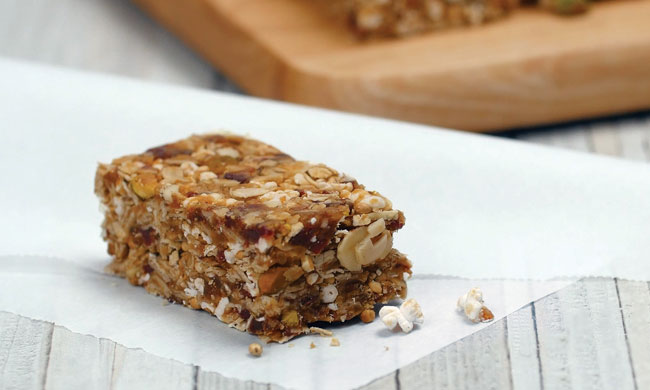
(Family Features) Nutritious eating, including smarter snacking, is an important way to protect your heart and maintain overall health and wellness. While many people understand the basics of healthy eating – avoiding too many sugary treats, for example – some are confused about important food categories that can impact nutrition.
According to a survey conducted by The Harris Poll on behalf of the American Heart Association, U.S. adults are least knowledgeable about refined vs. whole grains compared to other food categories like fruits, vegetables and proteins. Whole grains are, in fact, a key feature of the Association’s recommendations for a heart-healthy diet.
There are two types of grain products: whole grains, which contain the entire grain, and refined grains, which have been milled into a finer texture like flour or meal. Most adults, according to the survey, are able to distinguish whole vs. refined grains. However, there are a few misperceptions.
Most incorrectly believe multi-grain bread is a whole grain. Additionally, only 17% believe sorghum is an example of a whole grain when it is, in fact, a whole grain option. Whole grains like sorghum, oatmeal and brown rice are rich sources of dietary fiber, may improve blood cholesterol levels and provide nutrients that help the body form new cells, regulate the thyroid and maintain a healthy immune system.
These sweet, chewy Date Nut Granola Bars from the American Heart Association’s Healthy for Good initiative, supported by the Sorghum Checkoff, are a perfect go-to snack for enjoying throughout the week. Popped sorghum adds a surprise ingredient for crunchy texture while dry-roasted oats and nuts provide a delicious, toasted flavor.
To discover more whole-grain recipes that can support a healthy heart, visit Heart.org/healthyforgood.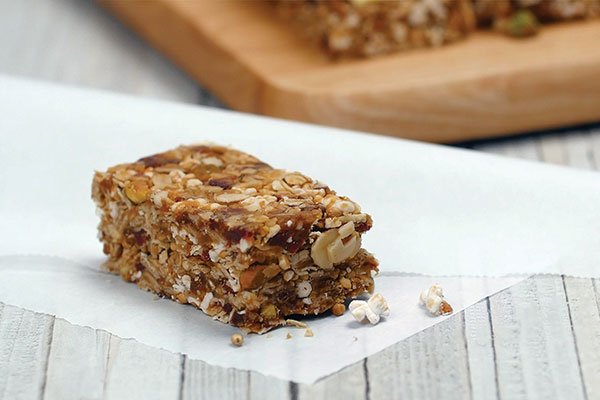
Date Nut Granola Bars
Recipe courtesy of the American Heart Association and Sorghum Checkoff
Servings: 12 (1 bar per serving)
- Nonstick cooking spray
- 1 1/2 cups rolled oats
- 1/4 cup almond slices or whole almonds, coarsely chopped
- 1/4 cup shelled pistachios, coarsely chopped
- 1 cup pitted dates
- 1/2 cup unsweetened dried cranberries
- 1/4 cup uncooked whole-grain sorghum
- 1/4 cup honey
- 1/4 cup low-sodium peanut butter
- 1 teaspoon vanilla extract
- 1/8 teaspoon salt
- Preheat oven to 350 F.
- Line bottom and sides of 8-inch square baking pan with plastic wrap or parchment paper. Lightly spray with nonstick cooking spray.
- On large baking sheet, spread oats, almonds and pistachios in single layer. Bake 10-15 minutes, or until lightly brown, stirring occasionally. Let cool slightly.
- In food processor or blender, process dates and cranberries 1-1 1/2 minutes, or until chopped and clumpy. Transfer to large bowl.
- Put 2 tablespoons sorghum in silicone microwaveable bowl or clean, brown paper bag. If using microwaveable bowl, cover with lid. If using paper bag, roll shut and place on microwavable dinner plate with fold facing down. Microwave on high 2 minutes, or until there are more than 10 seconds between pops. Repeat with remaining sorghum, microwaving 1 1/2 minutes, or until more than 10 seconds between pops.
- Stir popped sorghum, oats, almonds and pistachios into date mixture.
- In small saucepan over low heat, heat honey and peanut butter 5 minutes, or until peanut butter is smooth and mixture is warmed, stirring occasionally. Remove from heat. Stir in vanilla and salt.
- Pour peanut butter mixture over date mixture, stirring to break into small clumps. Transfer half to baking pan. Using bottom of drinking glass or fingers lightly sprayed with nonstick cooking spray, press down firmly to flatten and pack tightly so clumps adhere to each other. Repeat with remaining half. Freeze, covered, about 1 hour, to firm.
- Place cutting board over pan. Turn pan over. Discard plastic wrap. Using knife, cut into 12 bars. Refrigerate leftovers in airtight container up to 1 week.
American Heart Association
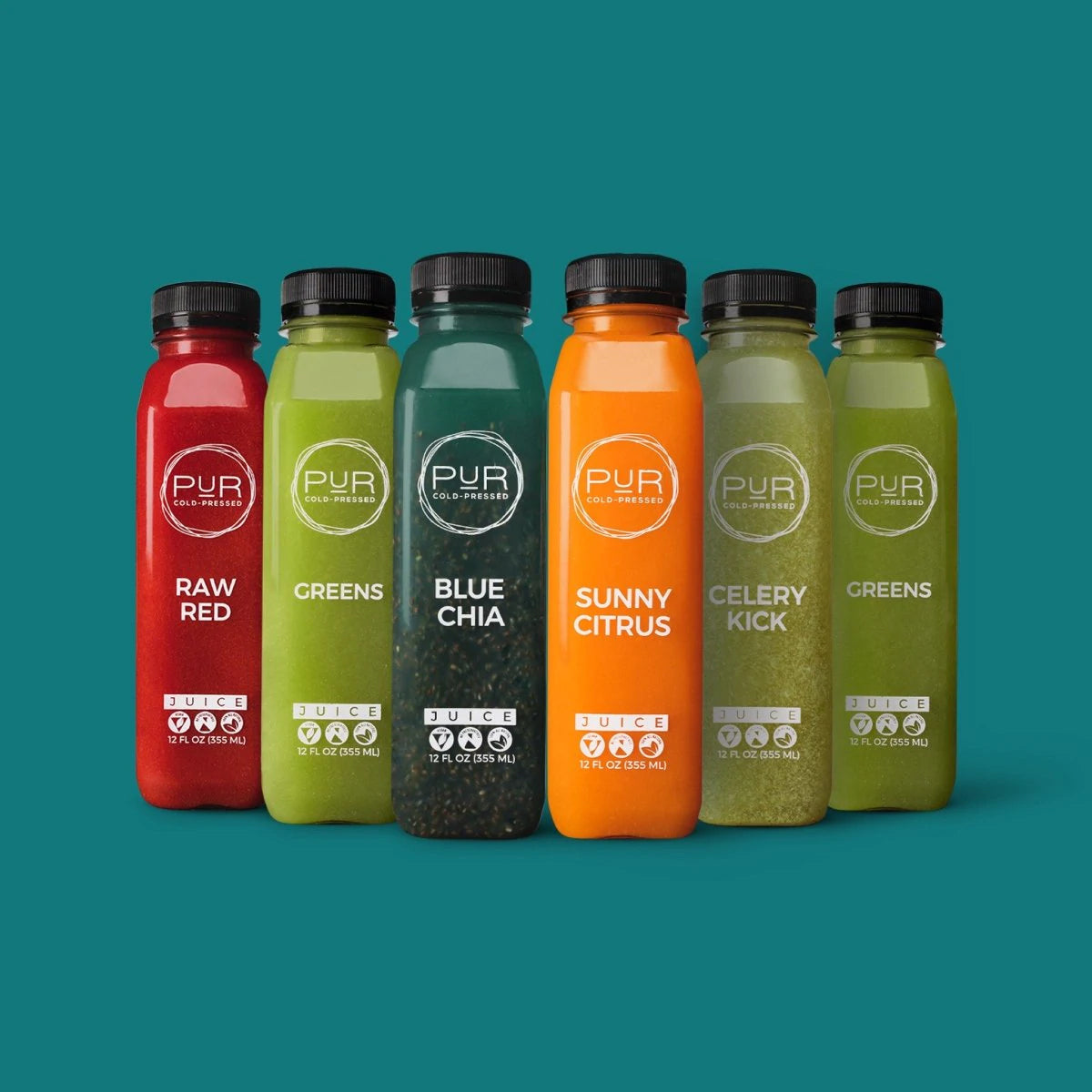


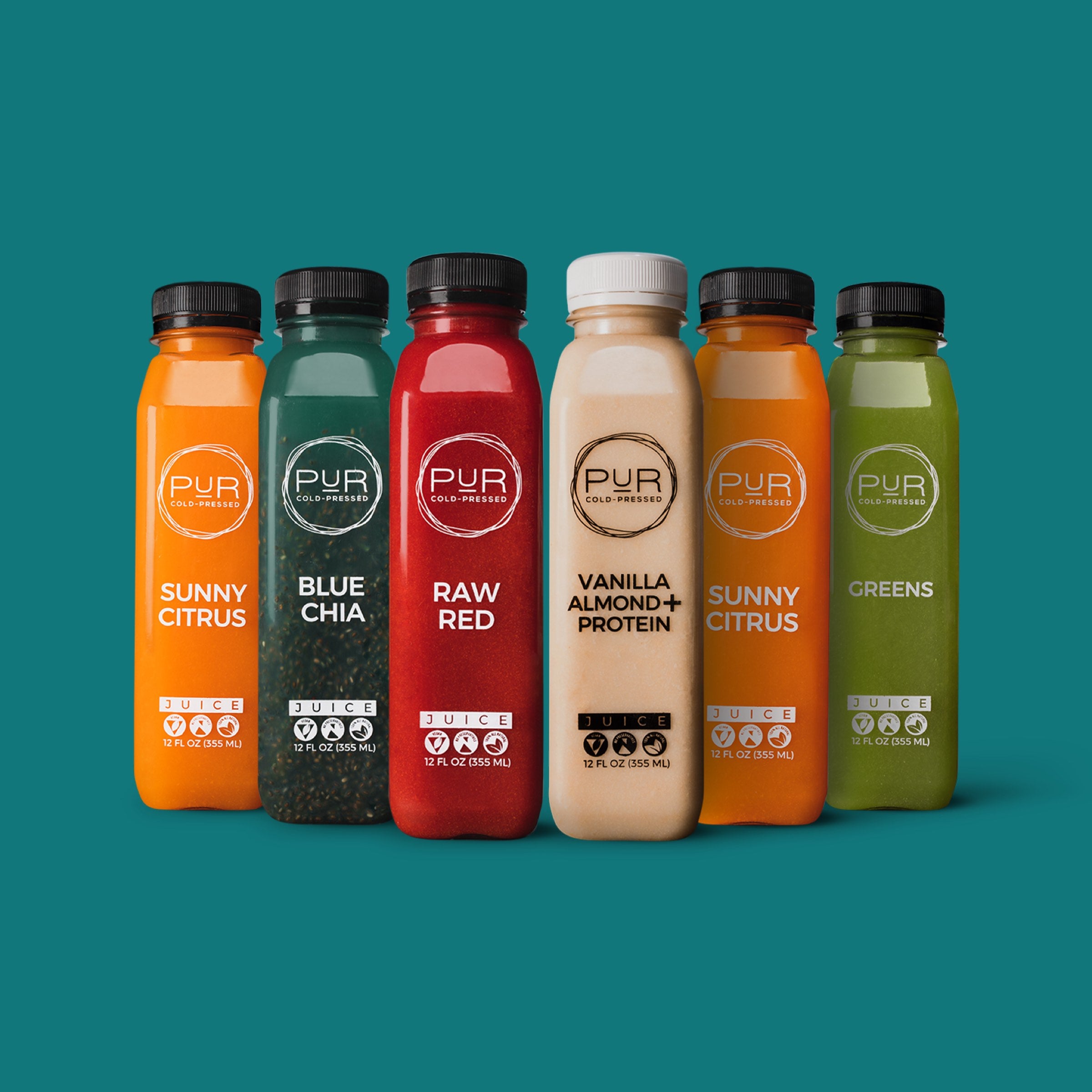
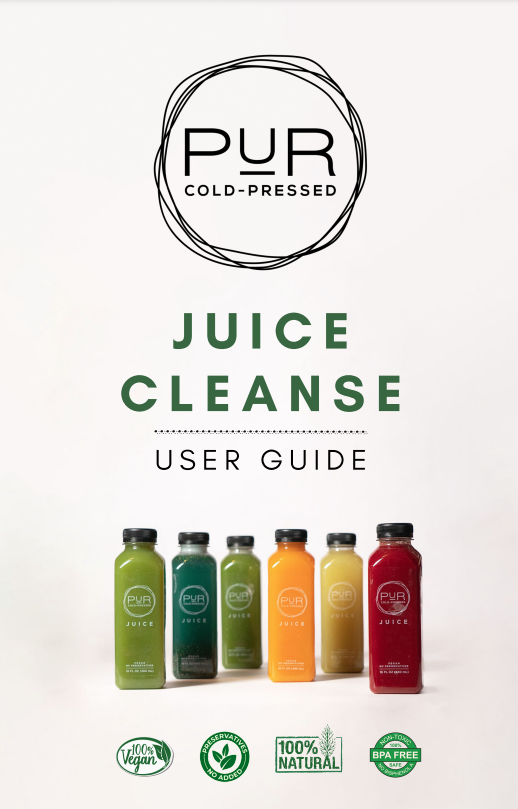


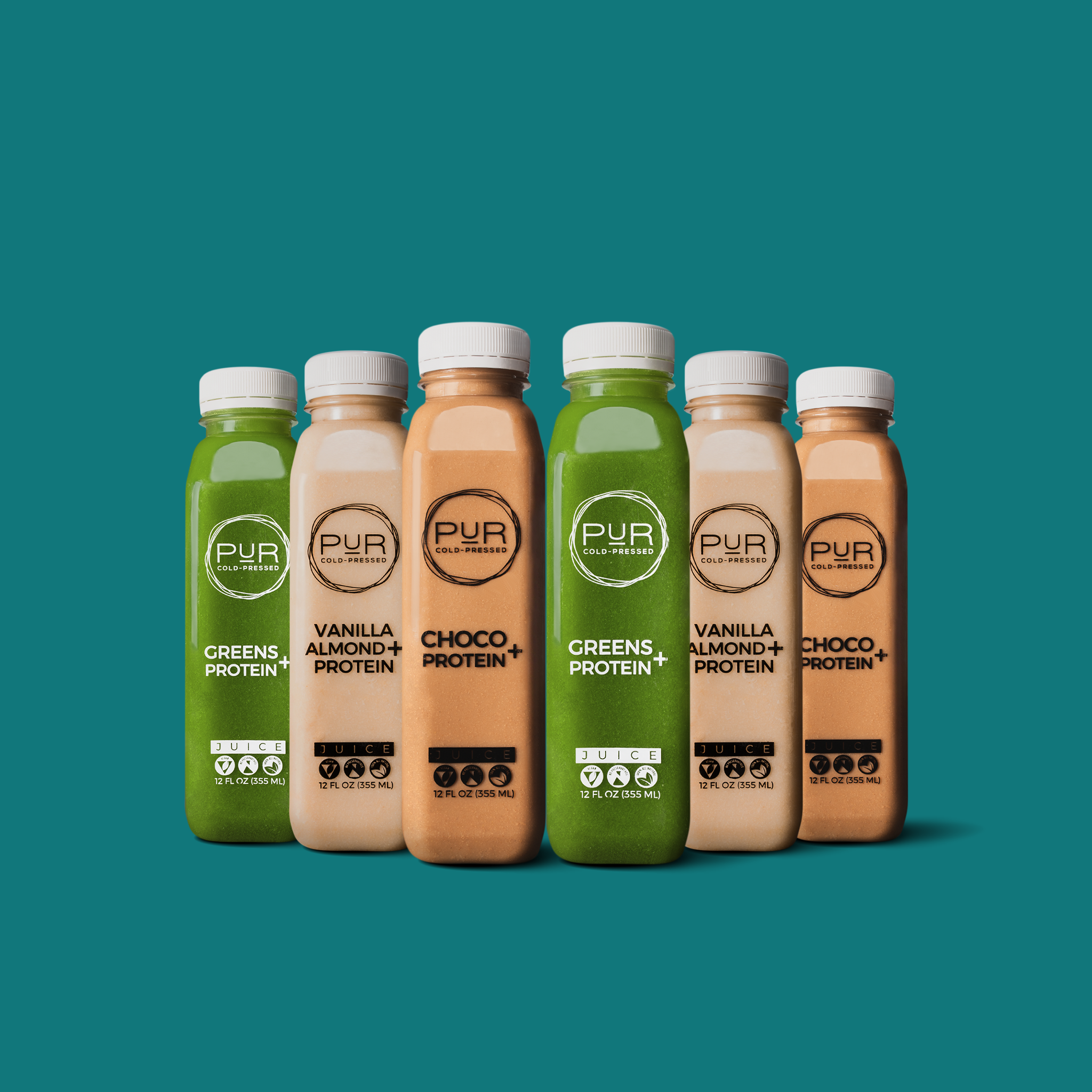
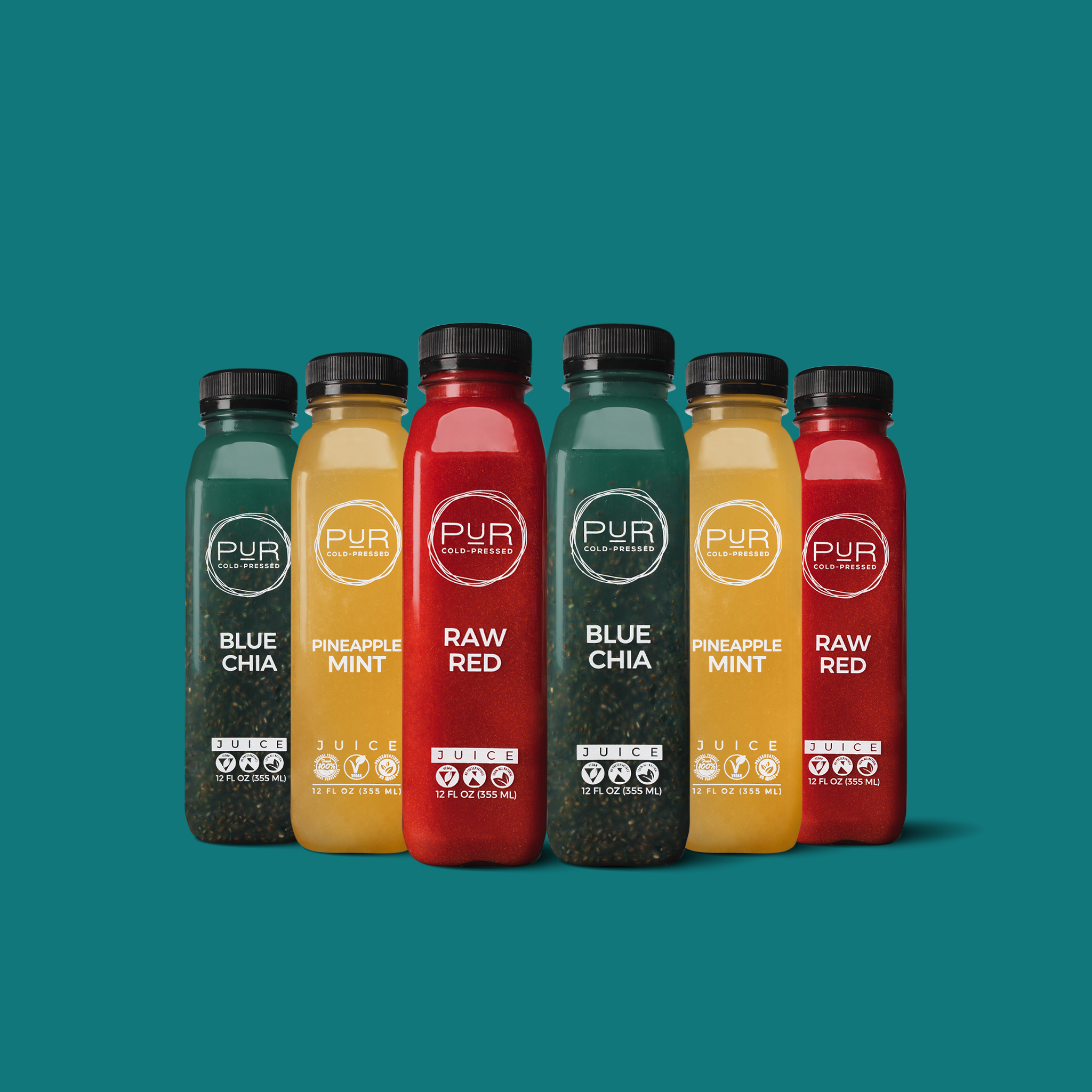
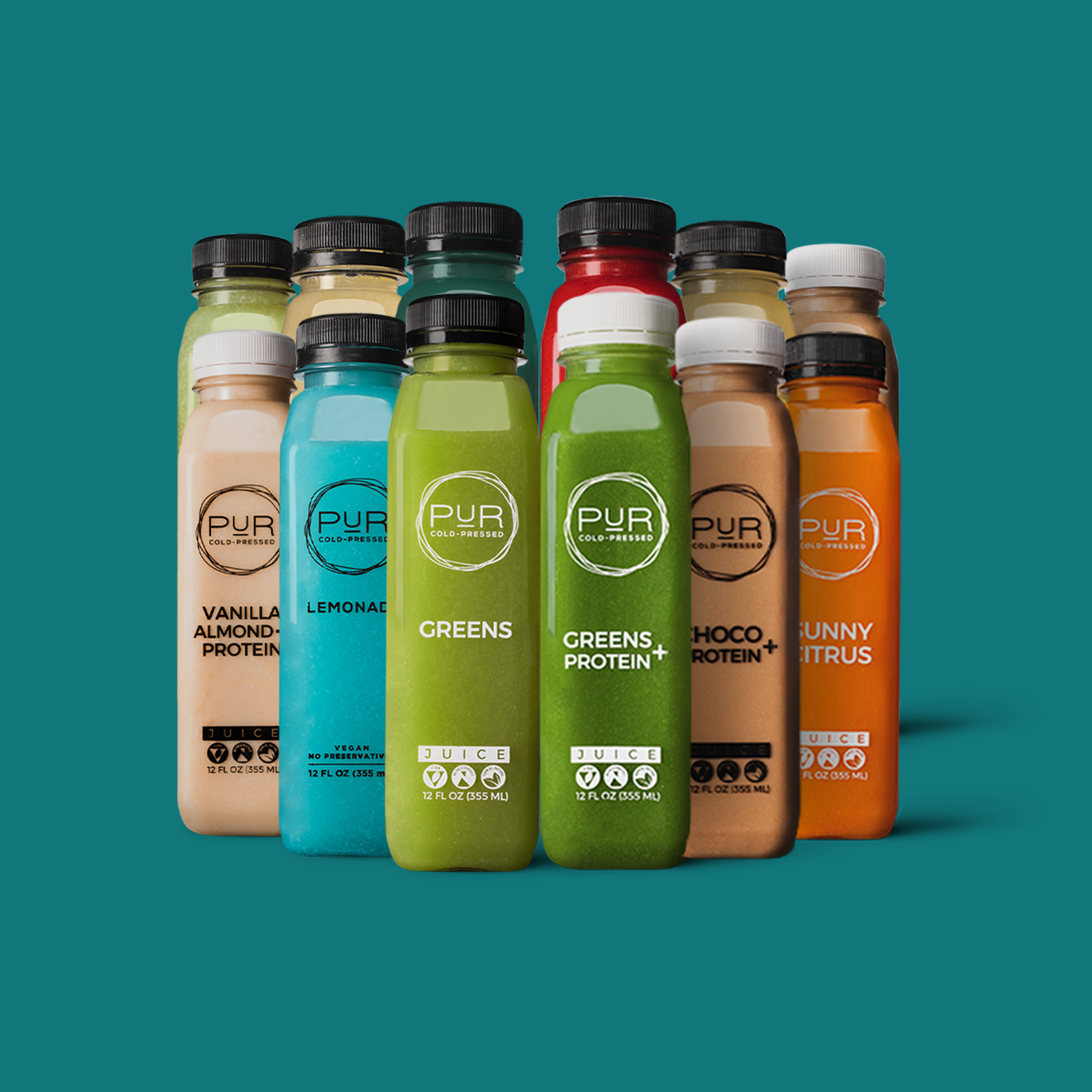



Leave a comment
All comments are moderated before being published.
This site is protected by hCaptcha and the hCaptcha Privacy Policy and Terms of Service apply.